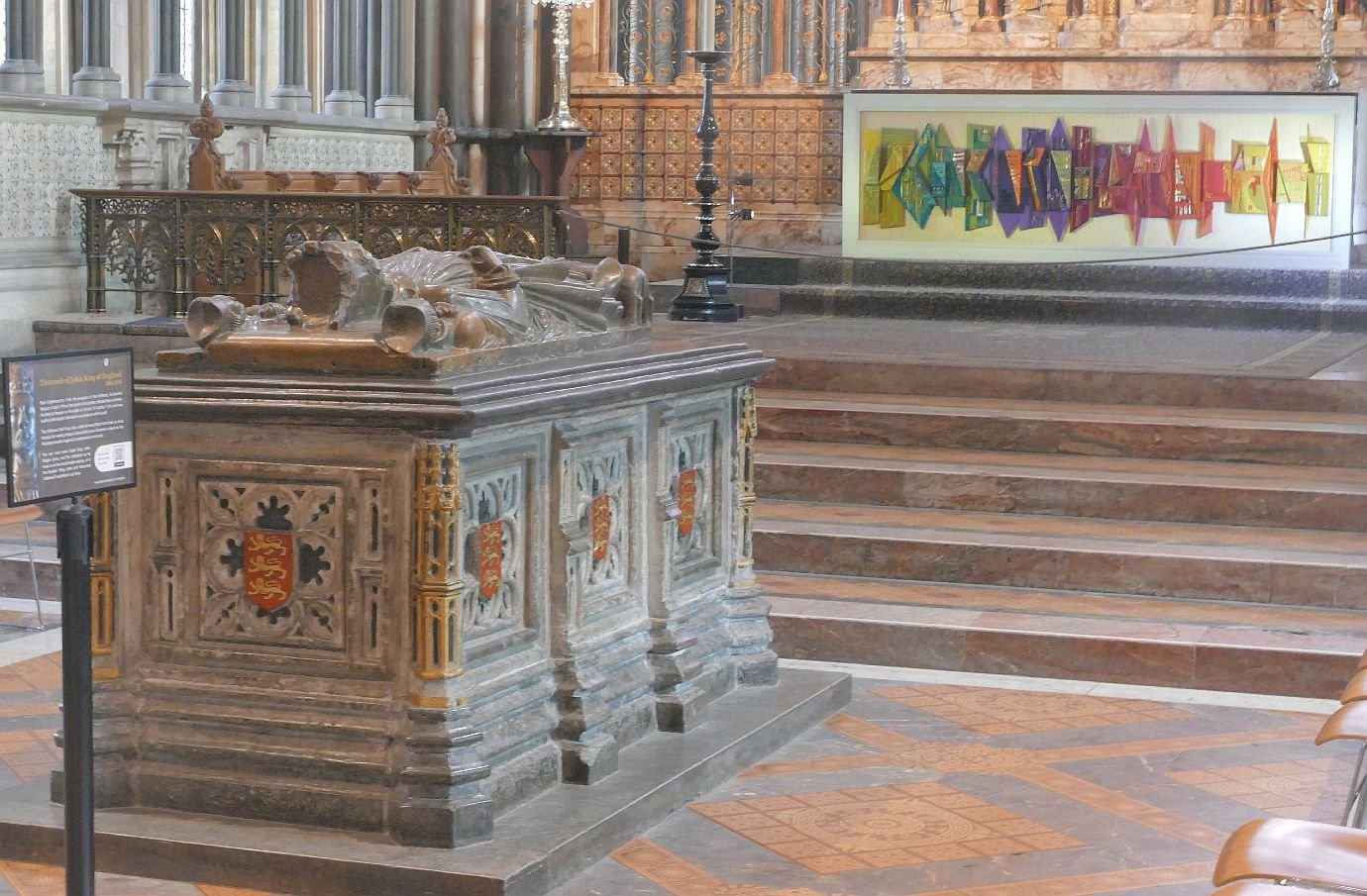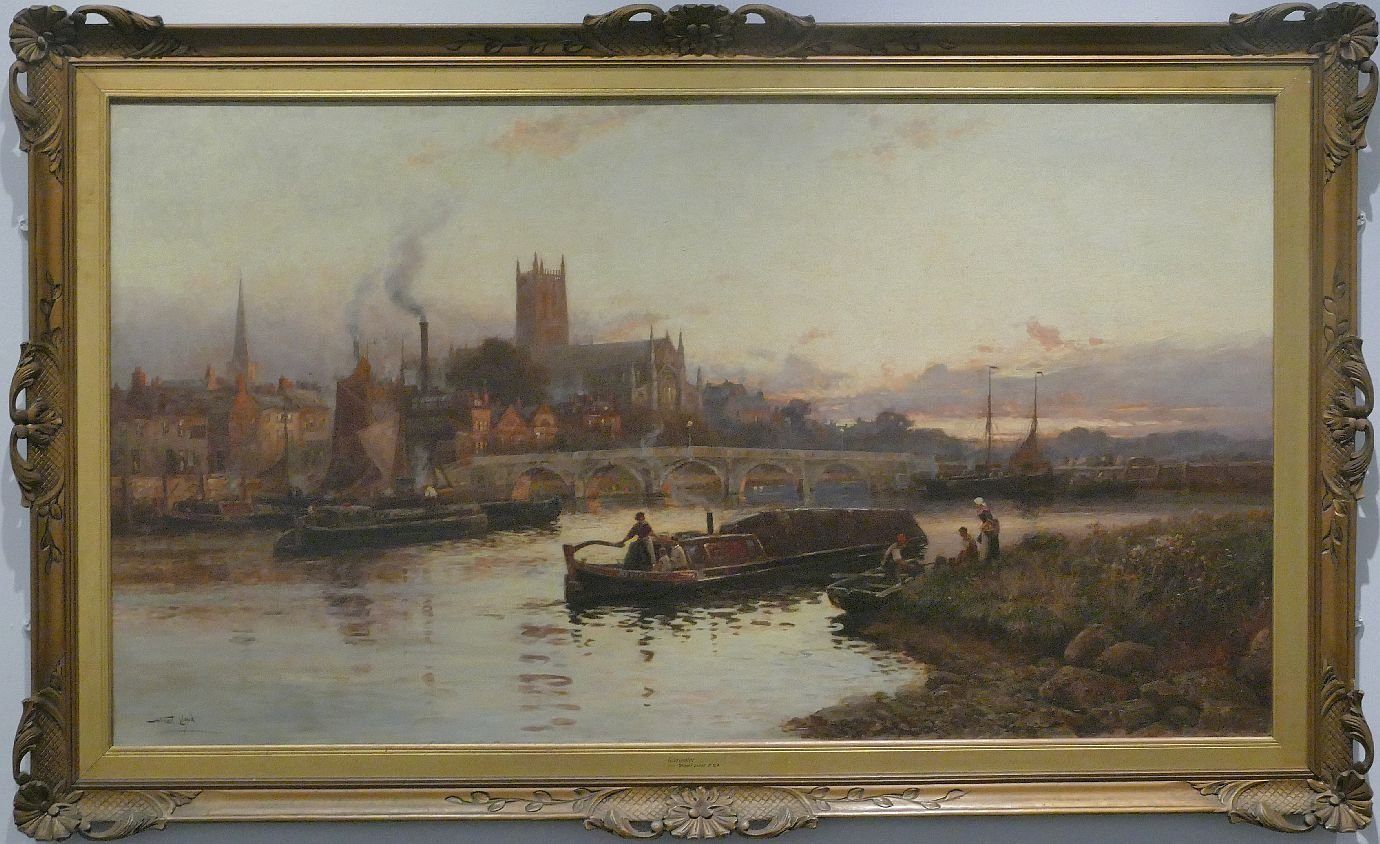Community, Landscape and Art
What if we couldn’t speak out? Who would we get to speak for us? How could we communicate to others?
In the 21st century, we have many ways of expressing our opinions. We can vote in national and local elections. We can join local residents’ associations and community groups to express our views. We can write letters to our representatives in local government. We can write to our members of parliament (although one of us would point out that the devolved nations have two options here while England has only one parliamentary representative to whom they can grumble). We can join ‘focus groups’ or hope to meet one of those elusive pollsters who purport to record and publicise our opinions. We can (on the whole) join marches and demonstrations. Very occasionally some resort to rioting. Mostly we just moan to friends and neighbours.
Recently, Terroir South was travelling ‘up-country’ for a high level blogging summit with Terroir North. On the way, TS stopped over in Worcester, a city which has contributed much to English history and society. We learnt a little about a great variety things, including politics (Worcester and the King were roundly defeated by Cromwell), religion (Catholic monasteries, Judaism, Quakers, Anglicans, Non-Conformists), agriculture (tobacco – yes really – potatoes and hops), the importance of wool and the cloth trade, geology (all that coal, iron and limestone) and life on the geographical edge of the industrial revolution and the Black Country. It was a very entertaining day.
Our visit to the cathedral, which has watched over Worcester’s community since 680, even indulged us with a full-on organ rehearsal in preparation for a recital later that day.
But what really inspired one of us was an exhibition in the Worcester City Art Gallery and Museum entitled ‘Connections - In conversation with the community ’ (https://www.museumsworcestershire.org.uk/events/connections-the-worcester-city-collection-in-conversation-with-the-community/). Connections is a visionary expression (both literally and metaphorically) of how Worcester feels about itself and its City. So much more telling, revealing, and enjoyable than a focus group or community consultation.
Here’s the brief:
What a wonderfully communal and artistic way of expressing our feelings about our home town. The process must have been as exciting for the participating community groups as it is visually pleasing and stimulating for residents of (and visitors to) Worcester. Imagine the thrill of being ushered ‘behind the scenes at the museum’, of penetrating the unknown territory of stacks and stores, of viewing pictures not normally seen on the gallery’s walls. Imagine the thought processes – what do we value about our town, how do we like to see it represented, what if our favourite area has never been painted by an artist (is there a reason)? From the visitor’s perspective, we were constantly asking ourselves these questions about our own home communities.
Here is the Museum’s perspective:
The chosen pictures fell into two categories. ‘Snapshots of our city through time’ concentrated on recognisable locations at different periods thus emphasising the process of urban and industrial development in a familiar environment, and begging questions of ‘How did that happen?’ or ‘Why did that change?’.
The second part of the exhibition, entitled ‘Escaping the city’ was about the wonder of landscapes seen on holidays, on days out, or on walks or travels abroad. What do the people of Worcester find joyous and memorable? Perhaps unsurprisingly, for an island where most of us live inland, the answer seems to be the sea.
But we suppose the crucial and overriding question which visitors wish to ask of the people of Worcester is, ‘Who invented Worcestershire Sauce?’.
As with Coca-Cola, so with Worcester’s sauce: the inventors were pharmacists. According to Wikipedia and others, the pharmaceutical partnership of John Wheeley Lea and William Perrins of 63 Broad Street, Worcester is responsible for the invention, although its history and ingredients are as murky as the sauce itself.
Above: the reconstructed Victorian Pharmacy in the Worcester City Art Gallery and Museum
But, as one of us is the child of two generations of pharmaceutical chemists, we are proud, yes, but also unsurprised.























